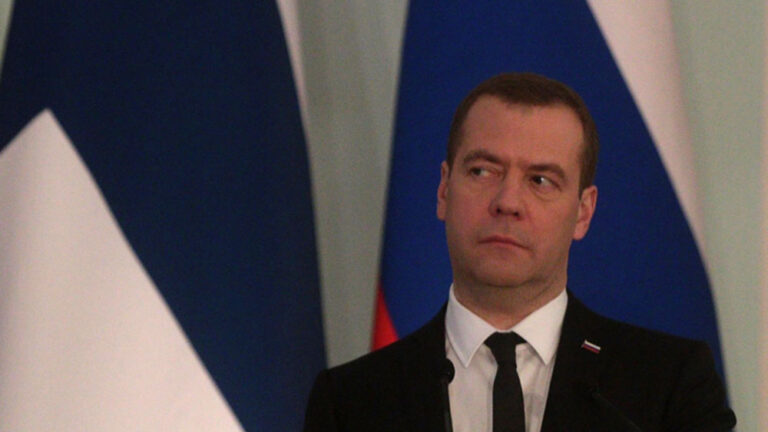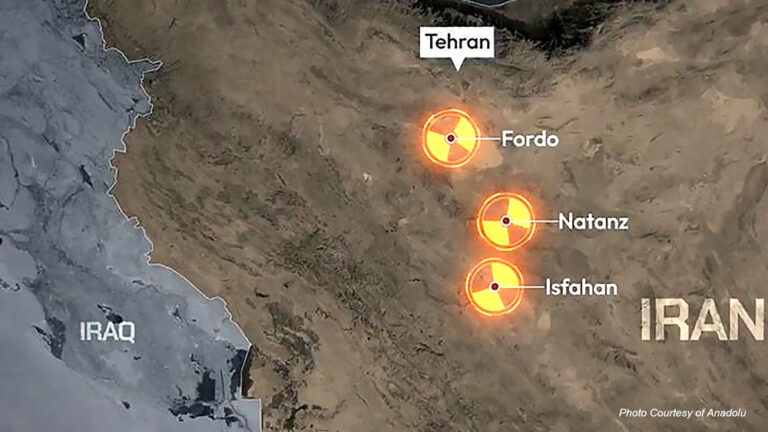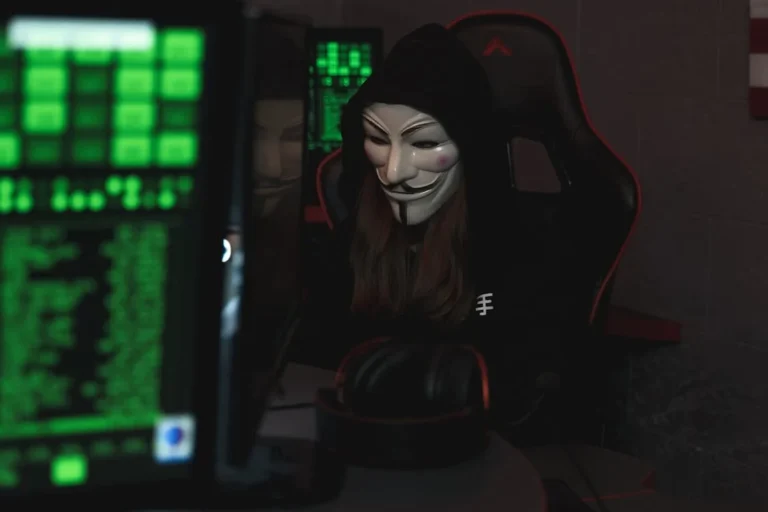Fires were still burning in the Hong Kong district of Mong Kok Tuesday morning after a night of violence during the Chinese New Year holiday between riot police and protesters.
Clashes erupted after government officials tried to evict street vendors from one of the city’s busiest shopping areas, in Kowloon on the mainland side of Victoria Harbour.
Traditionally, authorities have turned a blind eye to unlicensed food stalls during the busy holiday period, but authorities were taking a stronger line against them this year, fencing off areas which had previously been used by the hawkers.
Dozens of protesters hurled bricks and bottles at police, who responded with pepper spray, according to the South China Morning Post (SCMP).
Police also fired two warning shots during the clashes, police spokesman, Deputy Mong Kok District Commander Crusade Yau Siu-kei told the SCMP. “Radical elements have come with self-made weapons and shields and clashed with police,” Yau said. “The situation ran out of control and became a riot.”
He said that his officers had no choice but to retaliate, “because many rioters were attacking police with hard objects and seriously threatened their lives.”
Police later released a statement urging people to leave the area, and to “exercise restraint and comply with the instructions of the police.”
After sunrise on Tuesday, fires were still burning from rubbish tipped from trash cans. Around 100 protesters were gathered in the area, some of whom were ripping bricks from the sidewalk to hurl at police.
Officers in riot shields deflected the bricks and at one stage charged the protesters, some who later appeared to be bloodied. Police said 24 people had been arrested, and 48 police were injured, police said Tuesday. Four journalists were also injured, CNN affiliate iCable reported.
For several hours, the city’s underground rail network, the MTR, avoided the station closest to the disturbance. Mong Kok MTR station re-opened mid-morning local time.
‘Police officers attacked’
Hong Kong’s highest-ranking official, Chief Executive Leung Chun-ying, addressed the night’s unrest in a press conference Tuesday morning.
“I believe the public can see for themselves on TV and (from media) reports the seriousness of the situation,” he said. “The police (are) under strict guidelines for the use of force.
“Everyone has seen what happened on TV… Police were lying on the ground and injured but people kept attacking.”
He said that other police officers had to take all necessary actions to maintain peace.
“Compared to other major cities in the world, the police has shown the greatest degree of restraint in handling the situation.”
He added that a scheduled firework display planned for Tuesday night above the city’s harbor would go ahead as planned.
Social media response
During the clashes, hashtag #fishballrevolution quickly gained traction, a reference to the street food the vendors were selling.
Hong Kongers took to social media such as Facebook and Twitter — which, unlike in Mainland China are not blocked — sharing images and video of the disturbance.
Images shared included screen shots of TV footage which appeared to show officers pointing their sidearms at civilians.
While most Hong Kong Police officers are armed, gun violence in the city is very rare and officers rarely have call to unholster their weapons.
Other posts showed video of a tense standoff between police in riot gear and protesters, and images of bricks broken up to be thrown at the police.
Backdrop of mistrust
The clashes come at a time of worsening relations between Hong Kong and the central Chinese government, with many concerned about Beijing encroaching on the city’s freedoms.
Most recently this has manifest itself in uneasiness surrounding thedisappearance of a number of booksellers and publishers who deal with material critical of the Chinese government. Critics insist that the men were illegally spirited out of Hong Kong and Thailand by mainland authorities.
The majority of the protesters in Monday night’s were young, although there was no evidence that the disturbance was linked to Hong Kong’s Occupy movement.
That 2014 movement, also known as the “Umbrella Revolution” saw tens of thousands of protesters, many of whom were students, taking to Hong Kong’s streets — including in Mong Kok — for 11 weeks in 2014 to protest what many saw as a declaration denying this semi-autonomous city’s freedoms by Beijing. During the early days of the Occupy protests, police were criticized for their heavy-handed approach to the peaceful demonstration.( Euan McKirdy and Wilfred Chan, CNN)
Link: http://edition.cnn.com/2016/02/08/asia/hong-kong-riots-shots-fired/index.html



